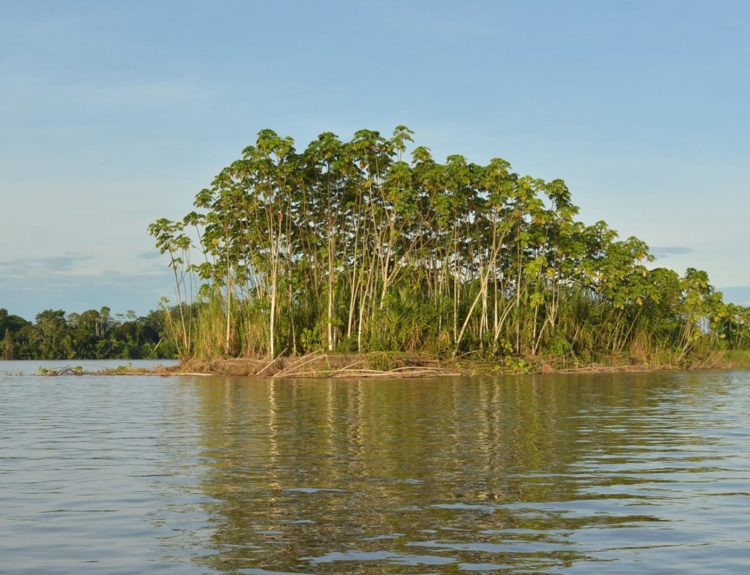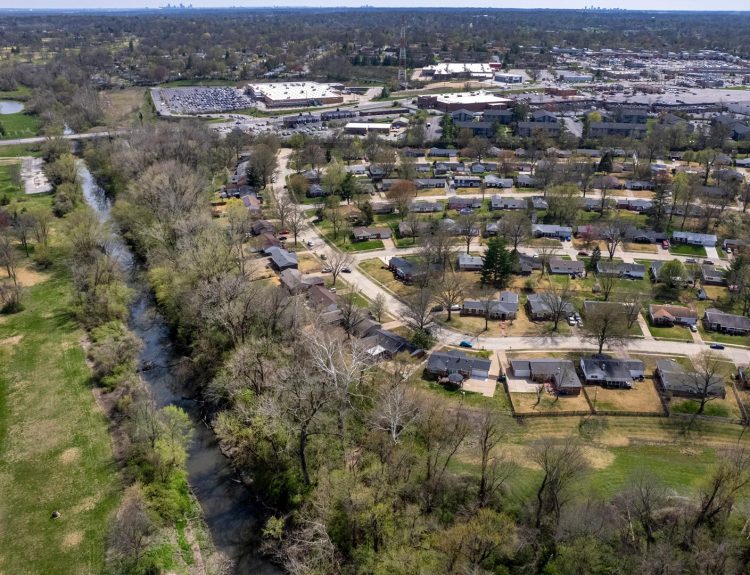A series of atmospheric rivers have been ravaging their way through most of California for several weeks now. They’ve already seen the worst of it, but the storms resulted in some serious damage – including the loss of several historic palm trees along Refugio State Beach near Santa Barbara. Let’s get you caught up to speed!
What Are Atmospheric Rivers?
According to the National Oceanic and Atmospheric Administration (NOAA), atmospheric rivers are ‘relatively long, narrow regions in the atmosphere’ that transport large amounts of water from the tropics to the Earth’s equator. Some experts describe them as ‘rivers in the sky,’ due to the heavy rainfall they bring.
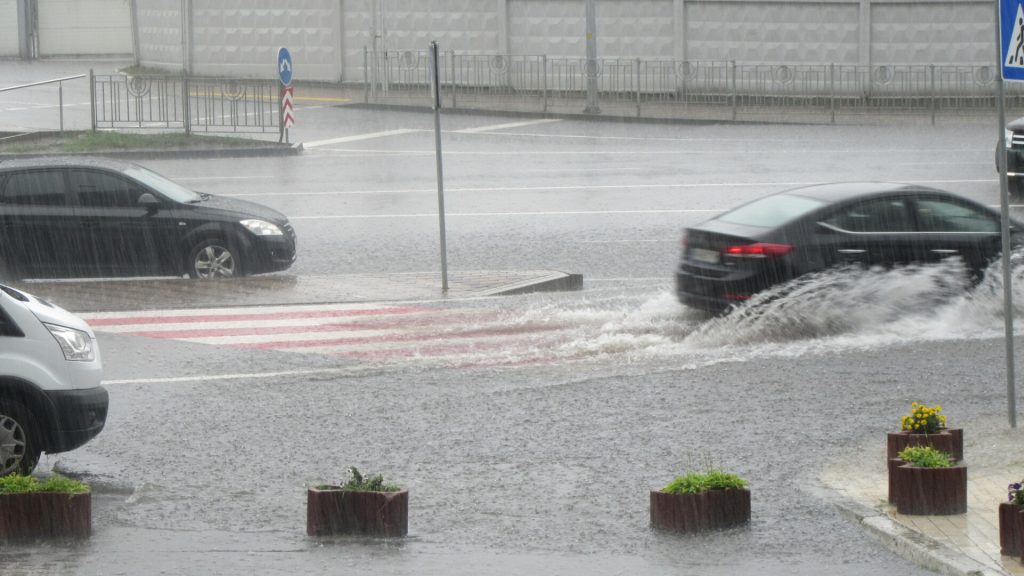
In fact, the average atmospheric river carries the same amount of water ‘equivalent to the average flow of water at the mouth of the Mississippi River,’ according to the NOAA. These types of storms contribute to nearly half of California’s total precipitation – despite only accounting for roughly 17% of the state’s annual storms.
Storm No. 1: Northern California
California witnessed two extremely powerful storms over the past week. The first one touched down late Friday (Feb. 16) and was largely felt in Northern California. It traveled from Eureka, CA, to Santa Rosa, CA, between Friday and Sunday before heading even more south – affecting San Francisco, San Jose, and Santa Cruz.
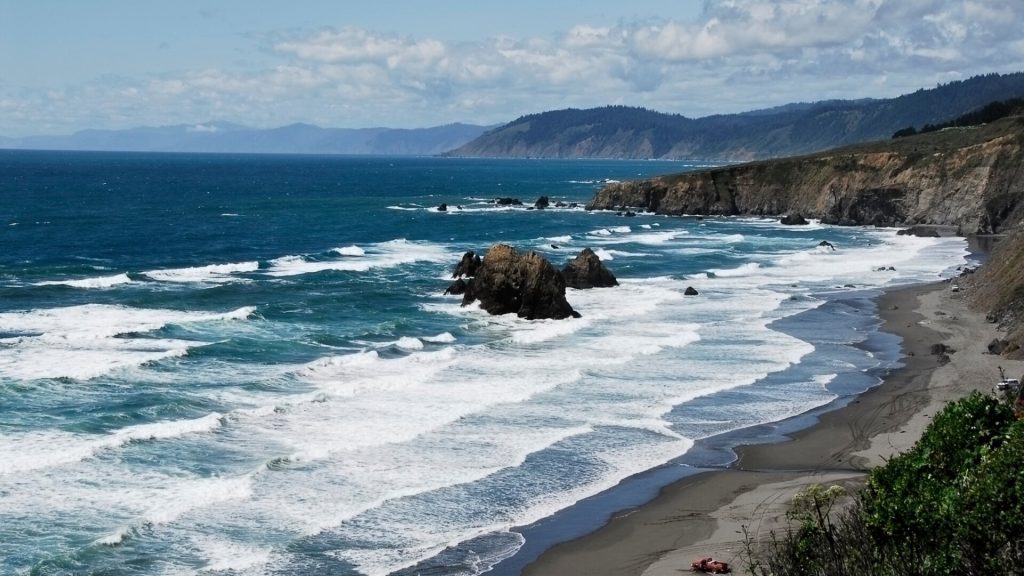
Most cities were expecting between one to four inches of rainfall over the course of a few days – resulting in flood watches across Northern Cal. Of course, this was just one of two big waves of rain that hit the coast.
Storm No. 2: Southern California
The second major storm started forming on Monday, but this one was largely felt in Southern California – NoCal wasn’t spared, but they received the worst of it over the weekend. The storm in SoCal started near San Luis Obispo and continued south into Los Angeles and San Diego.
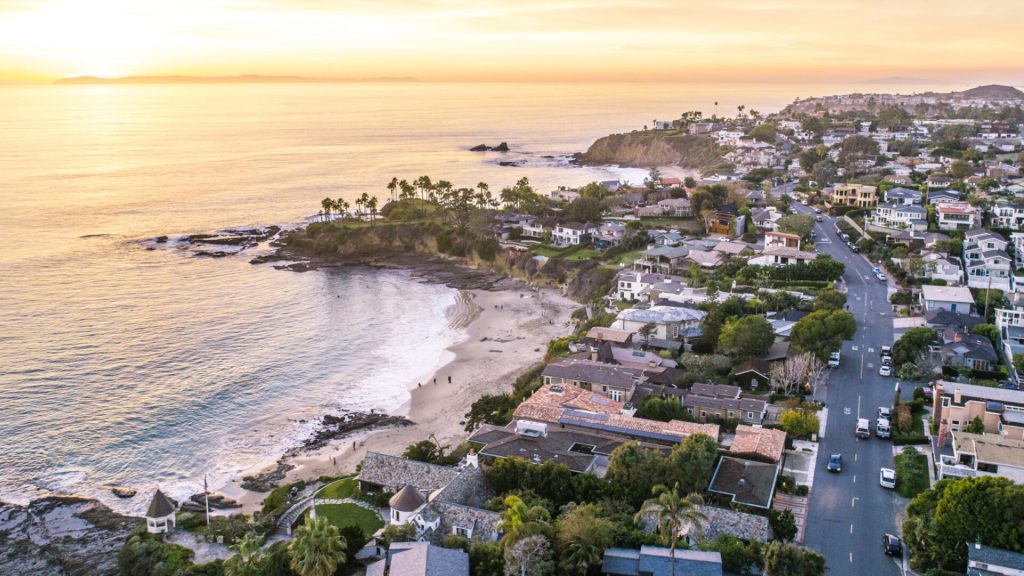
Flood watches went into effect on Sunday evening and continued well into Wednesday (Feb. 21), with mudslides and landslides happening across the coast. Santa Barbara and Los Angeles both received between two and five inches of rain, but even more rainfall was recorded in the mountains and foothills – including snow!
Refugio State Beach Mourns the Loss of 100-Year-Old Palm Trees
The back-to-back atmospheric rivers California witnessed weren’t pretty – especially for Refugio State Beach. Located roughly 20 miles west of Santa Barbara, the beach is home to some of the most beloved palm trees in the area – they were planted along the coastline sometime before 1930.

The trees were already at risk of falling due to beach erosion, high tides, and oversaturated soils, but then the two storms came – uprooting several of those historic trees as they came crashing into the ocean. At least four trees were affected, but more could follow in the coming days and weeks.
Refugio State Beach Temporarily Closed
Local officials closed Refugio State Beach on Feb. 19 as they prepared for the worst of the atmospheric rivers. The beach will be reopened soon, but they first need to remove the trees, clear debris from the beach, and make minor repairs to several structures in the area.
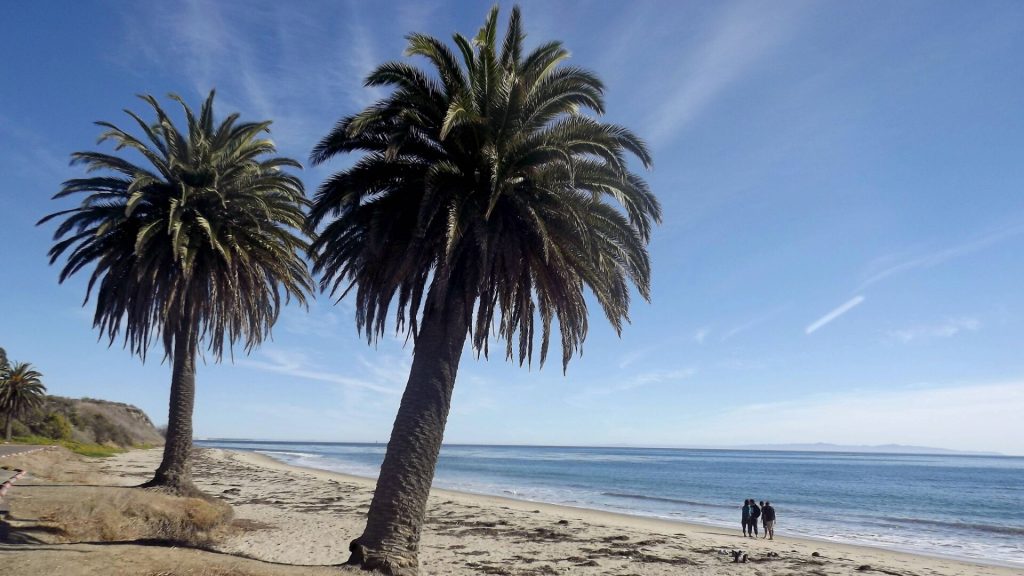
Unfortunately, one local official believes we haven’t seen the last of it. With more rainfall and winds expected over the next week, Dena Bellman – the superintendent of California State Parks’ Channel Coast district – says they tagged several more palm trees that are at risk of falling into the ocean soon. Meanwhile, they plan on replacing the ones that already fell.
California Saw Similar Storms Earlier This Month
Believe it or not, this is actually the second wave of atmospheric rivers that swept through the California coastline this month. The first wave started at the beginning of February, but the worst of it occurred between Feb. 4 and Feb. 7.
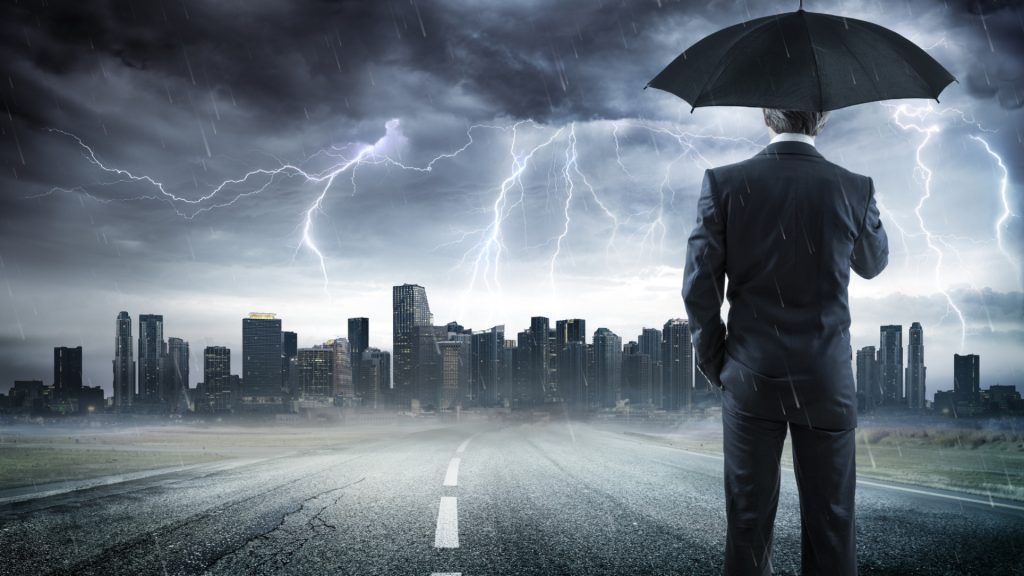
During that time, California experienced hundreds of landslides, mudslides, flooding, fallen trees, power outages, and much more. Some cities experienced hurricane-like wind gusts that were as fast as 100 mph in certain areas. Several deaths and plenty of injuries were reported, but many others were rescued from life-threatening conditions.
Several Counties Declared A State Of Emergency
By Feb. 4, several counties along California’s coast were declaring a state of emergency – including Los Angeles County, Orange County, San Bernardino County, Riverside County, San Diego County, San Luis Obispo County, Santa Barbara County, and Ventura County. Most of these counties either set a rainfall record or came close to it.
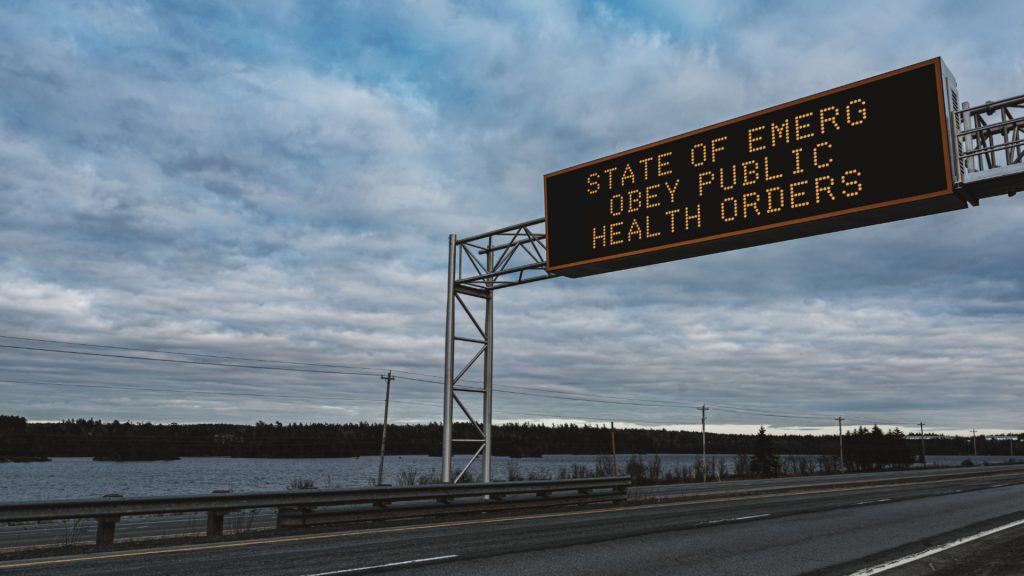
Even NASCAR was affected. They had their annual ‘The Clash at the Coliseum’ race scheduled for Feb. 4 (Sunday), but had to move the schedule to Saturday (Feb. 3) to beat the storm. Many drivers, who were worried about the potentially dangerous conditions, applauded NASCAR for their rare, yet logical decision.
Sacramento County Joined That List Recently
While Sacramento County didn’t declare a state of emergency before or during the storm, they joined that list about 10 days later – just in time for that second wave. They reported around $12 million of damage during the earlier storms, most of which went to fixing the electricity grid.

“We had about 150 downed trees. We had some damage done in our culvert areas. We’re looking at the drainage systems that were hit hard,” Sacramento County spokesperson Matt Robinson said. “Once the storm has passed, we’ll assess the situation, go out, look at flood areas, look at how many trees, the damage.”
Los Angeles Already Nearing Annual Rainfall Records
The past three weeks have been tragic for Los Angeles – home to nearly four million people. After the latest atmospheric river brought nearly two inches of rain, their total rainfall for the month of February is now at 12.56 inches – making it the fourth-wettest February in LA since 1877.
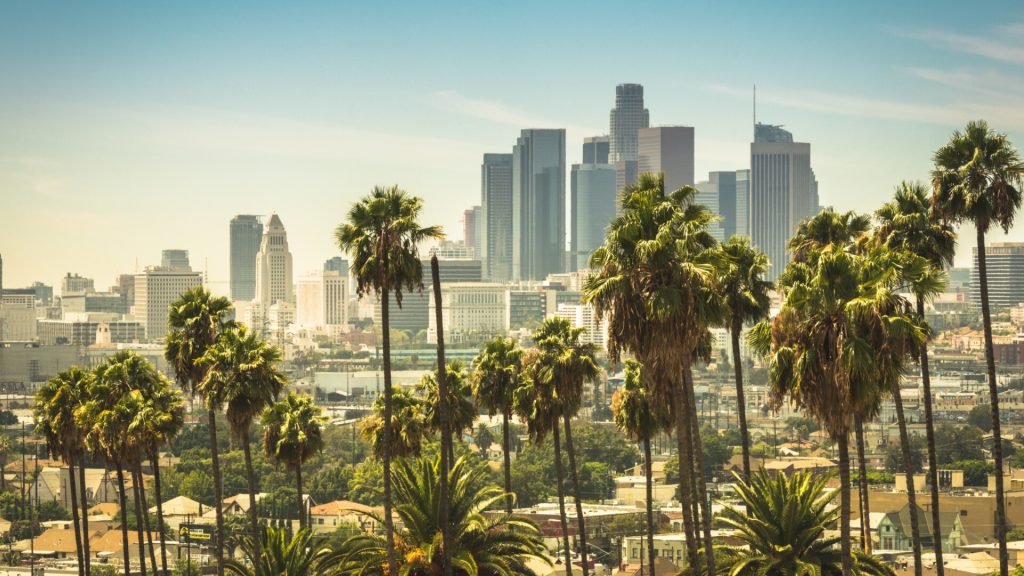
The record was 15.80 inches, and there’s still time for LA to break it – though it’s unlikely. According to the Weather Service, the 12.56 inches they’ve seen this month accounts for 88% of the average seasonal rainfall in LA. Surprisingly, there has been more rain in LA than in Seattle, New Orleans, and Miami.





